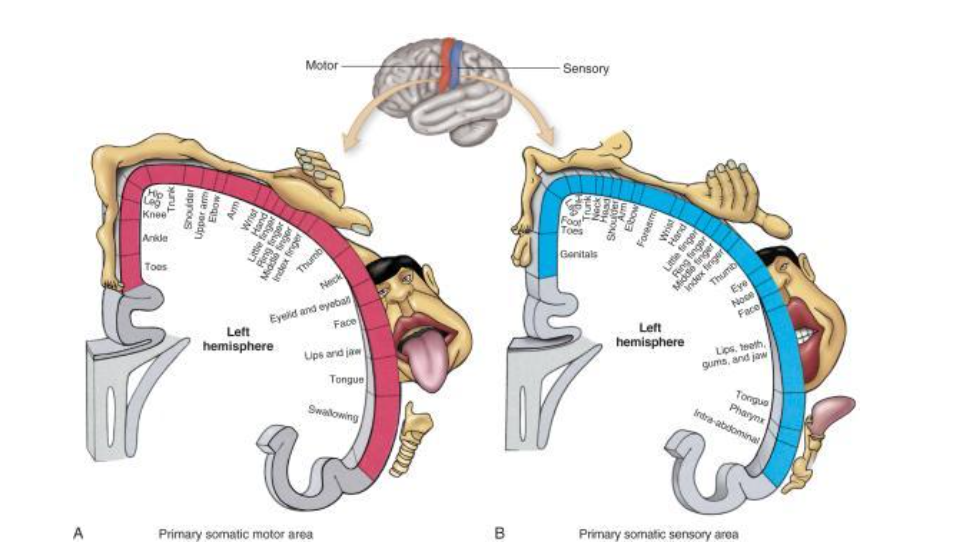Hello, boils and ghouls! There is a spook-tacular horror board game called Betrayal at House on the Hill, which is causing quite a scare. The players select adventurers, who explore a house, which might have monsters that go bump in the night.
To help me review this frightful game, I recruited Tyler Fransen, Alec Williams and Bryce Reedy to help play. I own and have played the game before, but to help refresh my memory I chose these gentlemen to help.
First I had to teach them the setup. The setup involves taking out different room tiles, character profile plates, event, omen and item cards, monster tokens, and eight dice.
The room tiles can go to three different floors: upper, ground and basement. Some room tiles will only correspond with certain floors, for example, the attic room tile will always go to the upper floor. The room tiles have an amazing variety like the graveyard, crypt, vault room and the charred room.
Next, I showed the six character plates. The adventures are all distinct and unique ranging from an old man to a young girl to college-aged students. These characters also have different stats, which can become useful as the game progresses.
Some characters will either have one high stat and three lower stats or characters will have more rounded stats.
There are two kinds of stats:
mental and physical. The mental stats are sanity and knowledge, while the physical stats are might and speed.
The stats can either increase or decrease as the game goes on. At the bottom of each stat is a skull. If a player reaches the skull then they die.
The stats also tell the player the number of dice they roll. For example if a card says roll for sanity and if the character plate is marked at three sanity then they roll three dice.
Next is the event, omen and item cards. A player receives these cards as they progress through the different rooms. At the bottom right corner, there is a symbol which corresponds with the symbols on the cards.
The player then picks up the card and then reads what they have to do. These cards can vary in their effect, whether for or against the player.
Event cards usually have the player attempt a roll and if the player succeeds they receive a benefit or if they fail they usually have to decrease a stat. Items cards benefit the player, but are rare.
Omen cards also generally provide items that can increase stats. After drawing an omen card, the player must roll six dice and if this roll is lower than the number of omen cards that have been drawn, then the Haunt phase starts.
The Haunt is when the real game begins. The players then read the game’s rulebook to determine which Haunt is used based on what room and omen
card that triggered the Haunt. The rulebook also determines, who will be the “traitor.”
Once the traitor is revealed, the player must leave the room with the traitor rulebook and read what they must do to win. The other players read the heroes rulebook and then strategize what they need to do to stop
the traitor.
Depending on the game, the Haunt will either be easy for the heroes or the traitor. This concept can be frustrating at times for the opposing side. While playing one Haunt, I was the traitor and I resurrected Frankenstein’s Monster and I had to kill the other players as the Monster.
In this case, I was playing with Reedy and Reedy’s roommate Brandon Castle. My first turn as the Monster, I quickly killed Reedy’s character because he was close by and the Monster’s might stat was maxed out and Reedy’s character’s might stat was at three. My third turn killed Castle’s character because he was also close by and not as strong as the Monster.
This outcome was one-sided because just like the Frankenstein movies, it takes an angry mob to kill the Monster, not two people in a house.
With the unfair outcome I suggested we start over and play again hoping the game would be more fair. The next game we played, no one was the traitor. In this Haunt, we had to go to a particular room and roll for sanity and it had to be more than five.
The player then had to put a
sanity token in the room. In total, we had to put three sanity tokens in the room.
This turned out easy for all of us because we all had high sanity stats and Reedy singlehandedly beat the Haunt because his character was teleported to the room at the start of the Haunt.
After we played, I asked Reedy what he thought about the game and he said he liked it, but if anyone wanted to play it, then they needed to be patient because the rules do not make sense until after a while. I could not agree more, I have played the game about 15 times and I still am trying to understand the rules.
Another problem with the game is having an experienced player helps the other players learn better than the actual rulebook. The rulebook is over 15 pages long and some of the rules will not apply to a given game. And if the other players don’t pay attention to the rules then they will suffer.
I find if you are patient and have a group of people who are knowledgeable enough in the rules, then the game is more exciting and unpredictable. With 50 different Haunts, I am just scratching the surface of what different scary scenarios are available in Betrayal at House on the Hill.








